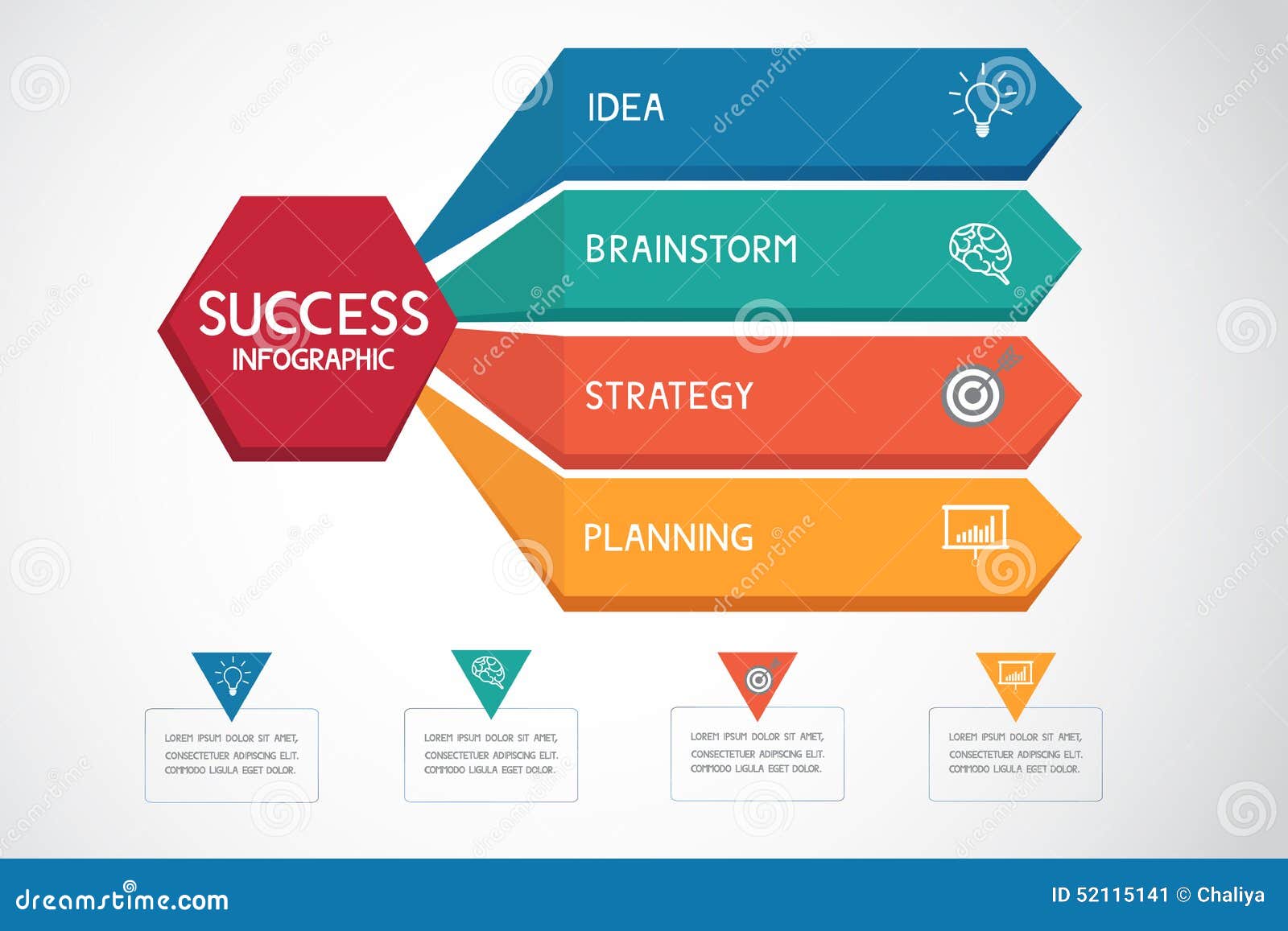Making Use Of The Strength Of Visual Hierarchy In Site Creation
Making Use Of The Strength Of Visual Hierarchy In Site Creation
Blog Article
Composed By-Shah Hodge
Think of a website where every element completes for your interest, leaving you feeling overwhelmed and uncertain of where to focus.
Currently photo a web site where each aspect is very carefully arranged, guiding your eyes easily through the web page, offering a seamless individual experience.
The difference lies in the power of aesthetic hierarchy in internet site style. By purposefully arranging and prioritizing elements on a page, designers can develop a clear and intuitive course for users to adhere to, inevitably enhancing interaction and driving conversions.
Yet just how precisely can you harness this power? Join us as we explore the concepts and techniques behind efficient visual hierarchy, and find how you can elevate your site style to brand-new elevations.
Recognizing Visual Hierarchy in Web Design
To efficiently share info and guide individuals with a website, it's crucial to comprehend the idea of aesthetic power structure in web design.
Aesthetic hierarchy refers to the plan and organization of elements on a page to stress their relevance and produce a clear and intuitive customer experience. By developing a clear aesthetic power structure, you can direct users' attention to one of the most essential info or actions on the web page, improving usability and engagement.
This can be accomplished via various design techniques, consisting of the critical use size, shade, comparison, and positioning of components. For creative website design , larger and bolder elements generally bring in even more attention, while contrasting shades can produce aesthetic comparison and draw emphasis.
Concepts for Reliable Aesthetic Power Structure
Recognizing the principles for effective visual hierarchy is essential in producing an easy to use and interesting web site design. By adhering to these concepts, you can ensure that your website properly communicates info to users and overviews their interest to the most crucial elements.
One concept is to utilize size and range to develop a clear visual hierarchy. By making important components bigger and extra popular, you can draw attention to them and guide customers via the web content.
Another concept is to use comparison successfully. By using contrasting shades, typefaces, and forms, you can produce aesthetic differentiation and emphasize essential information.
In addition, the principle of proximity suggests that related aspects must be grouped with each other to aesthetically connect them and make the website much more organized and simple to browse.
Implementing Visual Pecking Order in Internet Site Style
To apply visual pecking order in website design, prioritize essential components by changing their dimension, shade, and placement on the web page.
By making key elements larger and a lot more prominent, they'll naturally attract the user's focus.
Usage contrasting colors to create visual comparison and stress crucial details. As an example, you can use a bold or dynamic shade for headings or call-to-action buttons.
Furthermore, take into best website designers of each aspect on the page. Place crucial aspects at the top or in the center, as users often tend to focus on these areas first.
Final thought
So, there you have it. Visual power structure resembles the conductor of a symphony, assisting your eyes via the site design with skill and flair.
It's the secret sauce that makes a site pop and sizzle. Without it, your style is just a jumbled mess of arbitrary components.
Yet with visual power structure, you can develop a work of art that grabs focus, communicates effectively, and leaves a long-term perception.
So leave, my friend, and harness the power of aesthetic pecking order in your internet site design. Your audience will certainly thank you.
